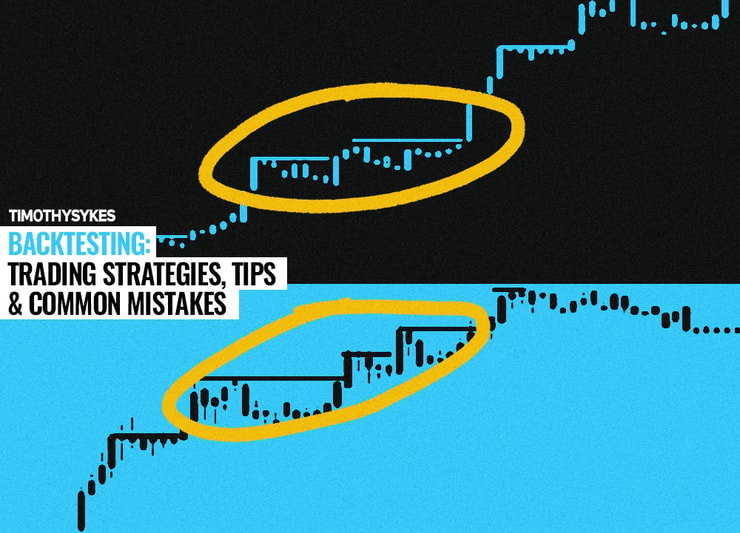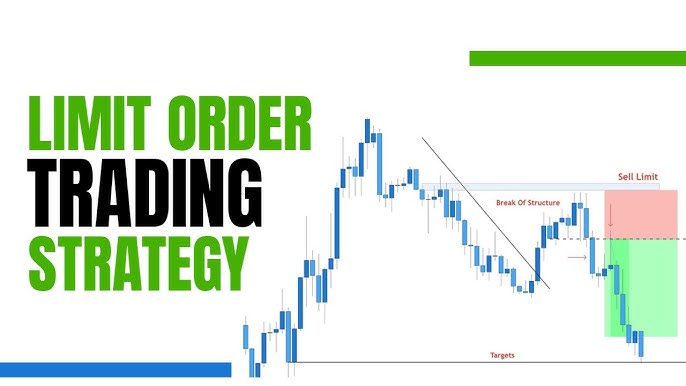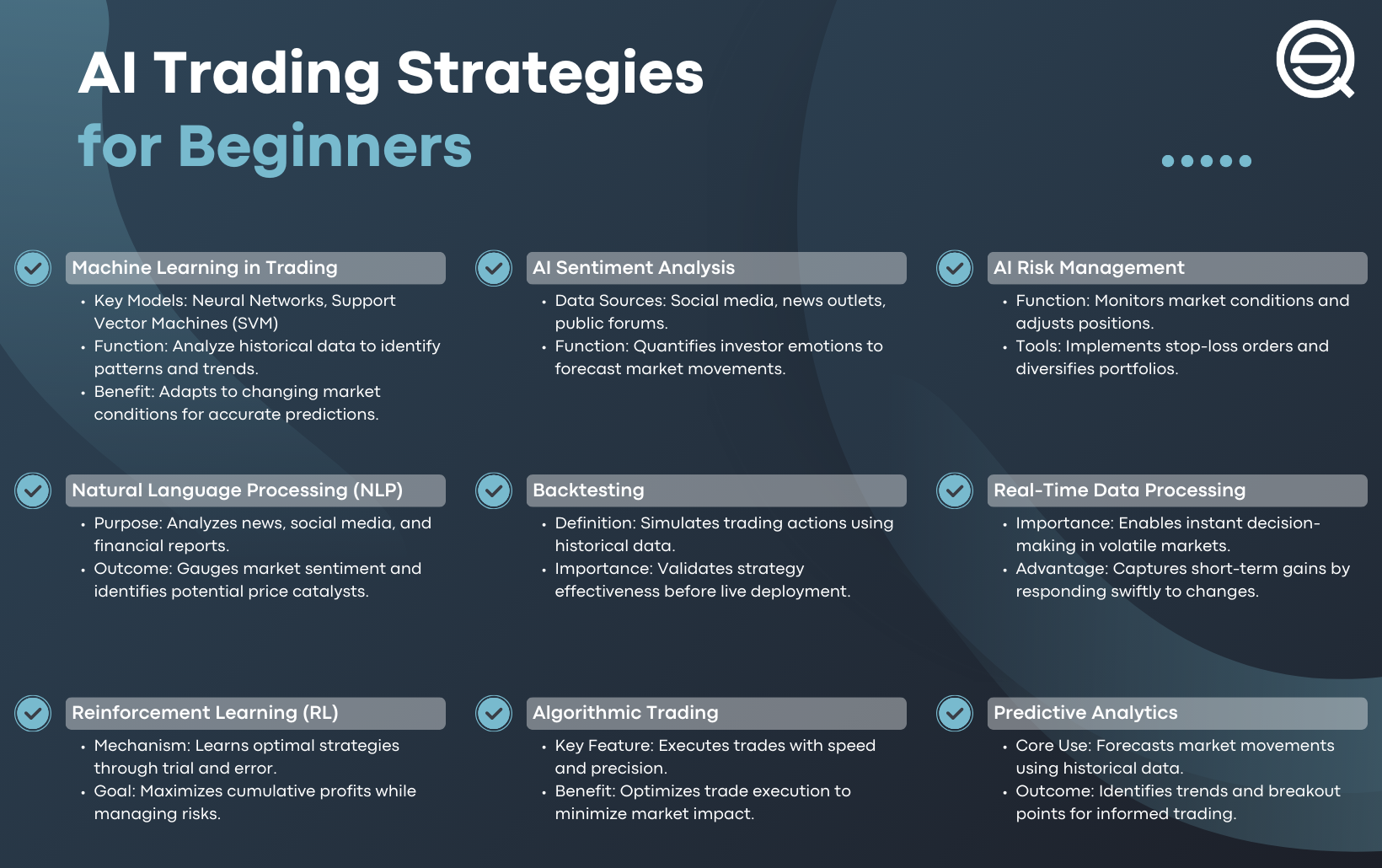Did you know that a day trader spends more time analyzing charts than a chef spends chopping onions? In the fast-paced world of day trading, backtesting is a crucial tool that helps traders refine their strategies before risking real money. This article provides a comprehensive step-by-step guide on day trading backtesting, covering essential topics such as its importance, choosing the right software, data preparation, common pitfalls, and how to optimize your trading strategies. By the end, you’ll understand how to interpret results, avoid overfitting, and incorporate risk management effectively. With insights from DayTradingBusiness, you’ll be well-equipped to enhance your trading performance.
What is day trading backtesting?
Day trading backtesting is testing a trading strategy on historical market data to see how it would have performed. It involves simulating trades based on past price movements to evaluate potential profitability and risk. This process helps traders refine their strategies before applying them to live markets.
Why is backtesting important for day trading?
Backtesting is crucial for day trading because it allows traders to test strategies against historical data, revealing what works and what doesn’t before risking real money. It helps identify profitable setups, optimize entry and exit points, and understand risk management. Without backtesting, traders rely on guesswork, increasing the chance of losses. It builds confidence in a strategy’s viability and saves time by filtering out ineffective approaches.
How do I choose the right backtesting software?
Choose backtesting software with a user-friendly interface, accurate historical data, and customizable strategies. Look for tools that support real-time data, quick execution, and detailed analytics. Prioritize platforms with a proven track record in day trading, good reviews, and compatibility with your trading style. Test demos before committing to ensure the software matches your needs and offers reliable performance.
What data do I need for day trading backtests?
You need historical price data including open, high, low, close prices, and volume. For precise backtests, include bid-ask spreads, order book depth, and timestamps. Also, incorporate data on trading fees, slippage, and any relevant news or events that impact prices.
How do I prepare data for backtesting?
Gather historical price data for the assets you plan to trade, ensuring it covers the timeframe you want to test. Clean the data by removing gaps, errors, and outliers. Format it consistently, with timestamps, open, high, low, close prices, and volume. Segment the data into training and testing periods if needed. Use reliable sources like broker data, financial APIs, or data providers. Make sure the data aligns with your trading strategy’s timeframes, whether intraday or daily. Save it in a compatible format like CSV or Excel for backtesting software.
What are common mistakes in backtesting day trading strategies?

Common mistakes in backtesting day trading strategies include using unrealistic data, ignoring transaction costs and slippage, overfitting to past data, not accounting for market conditions, and failing to validate results with out-of-sample data.
How do I build a day trading strategy for backtesting?
To build a day trading strategy for backtesting, start by defining your trading goals and risk tolerance. Choose a reliable trading platform with historical data access. Develop a clear entry and exit plan using technical indicators like moving averages, RSI, or MACD. Code your strategy in a backtesting software—using Python, TradingView, or MetaTrader. Run the backtest over historical data, analyzing win rate, profit factor, and drawdown. Adjust parameters to improve performance without overfitting. Validate the strategy on different data sets. Finally, document your process and prepare for live testing.
What metrics should I analyze in backtesting results?
Analyze profit factor, win rate, average gain per trade, maximum drawdown, and total net profit. Look at risk-reward ratio, expectancy, and Sharpe ratio for consistency. Check the number of trades and their distribution over time. Evaluate the consistency of returns across different market conditions.
How can I optimize my trading strategy through backtesting?
To optimize your day trading strategy through backtesting, start by clearly defining your entry and exit rules. Use reliable trading software or platforms like TradingView or MetaTrader to simulate your trades on historical data. Test across multiple market conditions to identify strengths and weaknesses. Adjust your parameters based on performance metrics such as win rate, profit factor, and drawdown. Continuously refine your strategy, avoiding overfitting, and validate improvements with out-of-sample data. Regular backtesting helps fine-tune your timing, risk management, and trade setups for better real-world results.
How do I avoid overfitting in backtesting?
Use out-of-sample data to test your strategy, not just in-sample data. Keep the backtest simple; avoid tweaking parameters excessively. Incorporate transaction costs and slippage to reflect real trading conditions. Limit the number of optimizations to prevent curve-fitting. Test your strategy across different market conditions and timeframes. Regularly walk away and revisit your results later to see if the strategy still holds.
What are the limitations of backtesting in day trading?

Backtesting in day trading can give false confidence because it often ignores market gaps, slippage, and real-time execution delays. It assumes perfect order fills and ignores emotional reactions, leading to overly optimistic results. Historical data may not reflect current market conditions or sudden volatility. Overfitting to past data makes strategies look better than they perform live. It also lacks insight into liquidity constraints and sudden news events that impact trades.
How often should I update my backtest data?
Update your backtest data at least quarterly to ensure it reflects recent market conditions. If your trading strategy relies on fast-changing data or new market events, update monthly or even weekly. Regular updates improve accuracy and help avoid outdated assumptions that could skew results.
How do I interpret backtesting results accurately?
To interpret backtesting results accurately, compare your strategy’s performance metrics—like profit factor, win rate, and drawdowns—against realistic expectations. Look for consistent profitability over multiple market conditions, not just a few winning trades. Check for overfitting by ensuring your strategy isn’t just tailored to past data but can adapt to future markets. Analyze risk-adjusted returns, such as Sharpe ratio, to understand if the strategy offers a good reward for the risk taken. Be skeptical of inflated results; consider trading costs, slippage, and market volatility. Use forward testing to validate backtesting insights before deploying live.
Learn about How to Interpret Backtesting Results for Day Trading
Can backtesting predict future trading performance?
Backtesting can't predict future trading performance with certainty. It shows how a strategy would have performed historically, but market conditions change. Past results don't guarantee similar outcomes ahead. Use backtesting to identify potential strengths and weaknesses, not as a crystal ball.
What is the best way to simulate real trading conditions?
Use live market data with real-time price movements, execute trades with actual order delays, and avoid using paper trading or demo accounts. Incorporate realistic slippage, transaction costs, and bid-ask spreads. Trade during typical market hours to reflect actual liquidity and volatility. Test your strategy with historical data in a simulated environment that mimics live conditions, including order execution times and market impact.
How do I incorporate risk management into backtesting?

Include predefined stop-loss and take-profit levels in your backtest to limit potential losses and lock in gains. Use position sizing rules based on a fixed percentage of your account to control risk per trade. Test different risk-reward ratios to find what balances profitability with safety. Incorporate trade filters to avoid risky setups, and simulate slippage and commissions to reflect real trading conditions. Regularly review drawdowns and adjust risk parameters to prevent overexposure.
How do I validate my backtested strategy before live trading?
Run forward testing on a demo account to see how your strategy performs in real-time without risking money. Analyze the strategy’s performance metrics—profitability, drawdowns, win rate—and compare them to backtest results. Check for consistency across different market conditions and timeframes. Use walk-forward analysis to test the strategy on unseen data. Ensure the strategy is robust against slippage and transaction costs. Only go live after confirming stable, consistent results in these validation steps.
Conclusion about Day Trading Backtesting: A Step-by-Step Guide
In conclusion, day trading backtesting is an essential practice for developing and refining trading strategies. By using the right software, preparing accurate data, and analyzing key metrics, traders can enhance their decision-making process. Avoiding common pitfalls like overfitting and regularly updating backtest data ensures more reliable results. Ultimately, while backtesting cannot predict future performance with certainty, it provides valuable insights that can be instrumental in achieving trading success. For deeper insights and support in your trading journey, consider leveraging the resources offered by DayTradingBusiness.